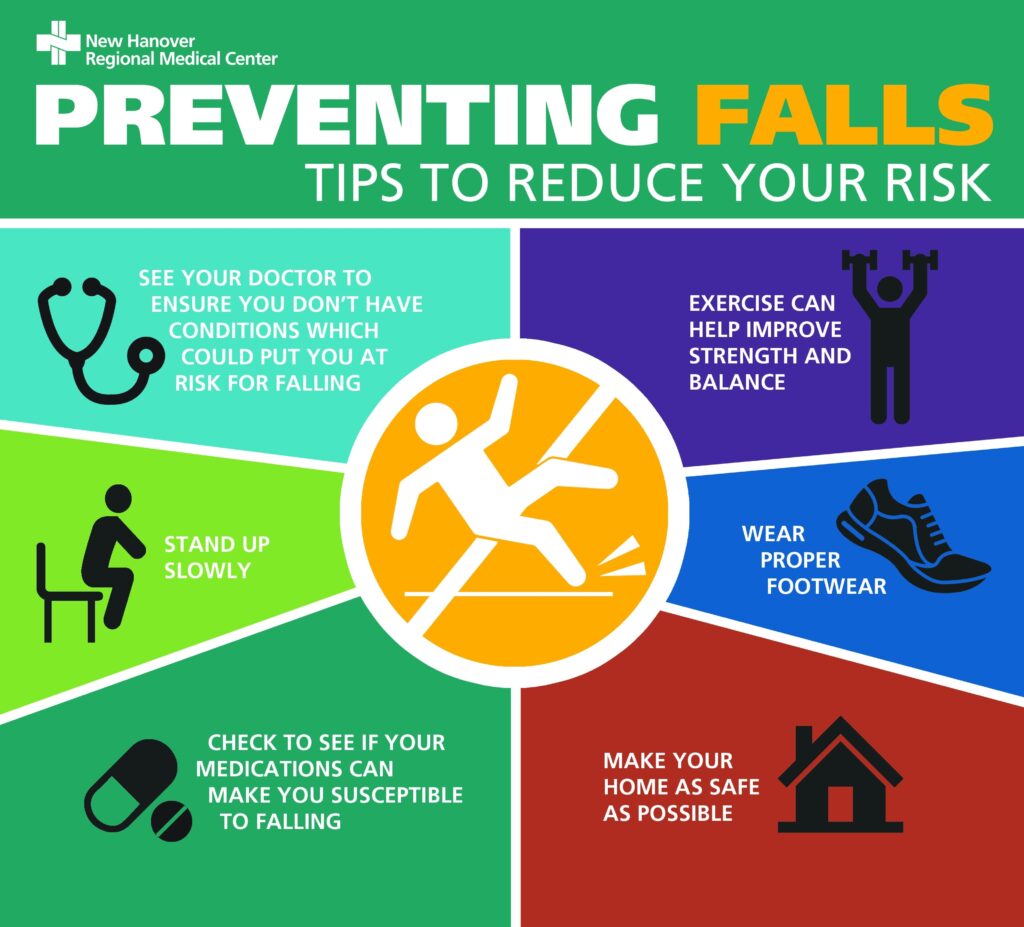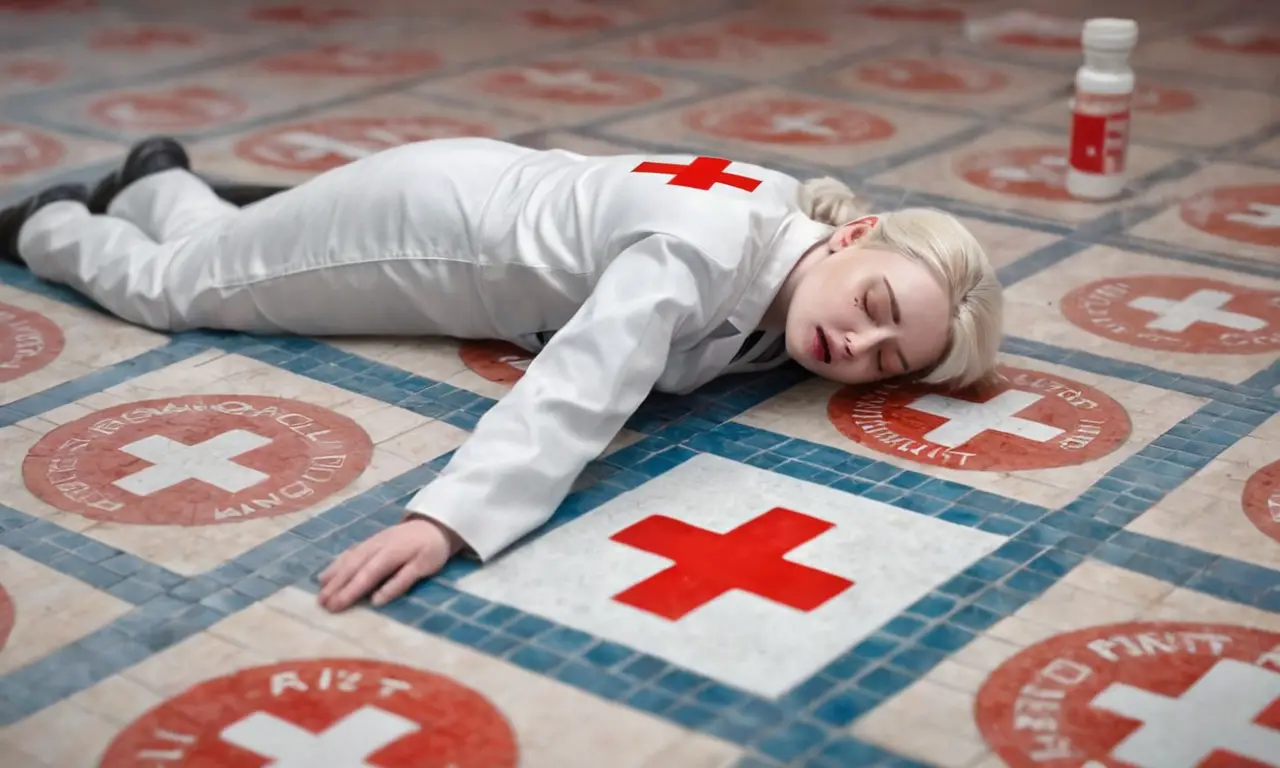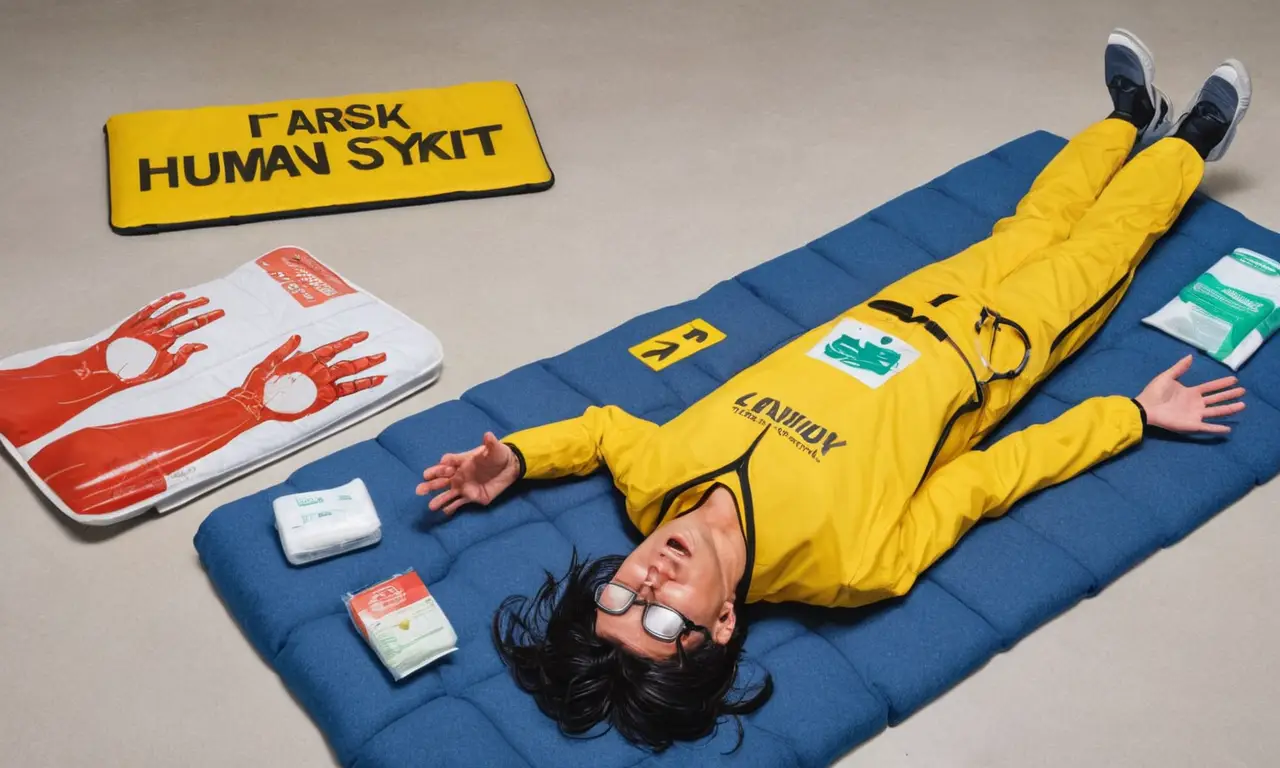
Fainting, also known as syncope, is a common medical condition that causes a temporary loss of consciousness. While often harmless, fainting can be alarming and sometimes lead to injuries if not managed properly. Understanding the reasons behind fainting and implementing safety measures can significantly reduce the risk of harm during these episodes. This article will delve into the mechanics of fainting, explore why we typically fall forward, and provide essential tips for preventing injury and administering first aid.
This comprehensive guide will cover the causes and symptoms of fainting, explain the physiological mechanisms behind falling forward, and offer practical advice on how to stay safe during a fainting episode. We’ll also discuss first aid procedures to ensure the well-being of someone experiencing syncope.
Fainting (Syncope) Explained
Fainting occurs when there is a sudden decrease in blood flow to the brain, resulting in a temporary loss of consciousness. This drop in blood flow can be triggered by various factors, including:
- Dehydration: Insufficient fluid intake can lead to low blood volume and reduced circulation.
- Low Blood Sugar: A rapid decline in blood glucose levels can deprive the brain of energy.
- Standing for Prolonged Periods: Gravity can pull blood away from the head when standing still for extended durations.
- Emotional Stress or Anxiety: Intense emotions can trigger a surge in adrenaline, leading to changes in heart rate and blood pressure.
- Certain Medical Conditions: Underlying health issues like heart problems, neurological disorders, or anemia can contribute to fainting episodes.
Why We Fall Forward During Fainting

When someone faints, their muscles weaken due to the lack of oxygen reaching the brain. This sudden loss of muscle control causes them to lose balance and fall. However, the forward momentum often stems from a reflex known as the “tonic postural reflex.”
This reflex is triggered by the drop in blood pressure and involves tightening of certain muscles in the legs and torso. While this reflex aims to maintain upright posture, it can sometimes result in a forward lurch before consciousness is lost completely.
The Role of Gravity
Gravity also plays a role in the direction of the fall. When someone faints, their head drops forward due to the loss of muscle tone. This forward tilt can cause them to stumble and fall forward rather than backward.
Muscle Weakness and Instability
The primary reason for falling forward during fainting is the sudden weakness that affects the muscles responsible for maintaining balance and posture.
- Loss of Proprioception: Fainting disrupts the sense of body position (proprioception), making it difficult to judge where your limbs are in space. This contributes to instability and an increased likelihood of falling.
- Weakened Leg Muscles: The muscles in the legs, crucial for supporting weight and maintaining balance, become significantly weaker during a fainting episode.
Safety Tips for Preventing Injury

While fainting can be unpredictable, there are steps you can take to minimize the risk of injury:
- Stay Hydrated: Drink plenty of fluids throughout the day to maintain adequate blood volume.
- Eat Regularly: Avoid prolonged periods without food as low blood sugar can trigger fainting.
- Avoid Standing for Long Periods: Take frequent breaks and sit down if you need to stand for an extended time.
- Manage Stress: Practice relaxation techniques like deep breathing or meditation to reduce anxiety-induced fainting episodes.
Environmental Modifications
Make your surroundings safer by:
- Removing tripping hazards from walkways.
- Installing handrails in areas where falls are more likely.
- Using non-slip mats on floors, especially in bathrooms.
First Aid for Fainting Episodes
If someone faints, follow these steps to provide immediate assistance:
- Check for Responsiveness: Gently tap their shoulder and ask if they are okay. 2. Lay Them Down: If unresponsive, lay them flat on their back with their legs elevated slightly. 3. Loosen Tight Clothing: Remove any constricting clothing around the neck or chest to improve airflow.
Monitor Breathing: Check for normal breathing and pulse.
Call for Help: If they don’t regain consciousness within a few minutes, call emergency medical services (911). 6. Stay with Them: Remain with the person until help arrives and monitor their condition closely.
Conclusion
Fainting is a common phenomenon that can be caused by various factors. Understanding why we fall forward during fainting episodes and implementing safety measures can significantly reduce the risk of injury. By staying hydrated, managing stress, and taking precautions in our surroundings, we can minimize the chances of experiencing a potentially harmful fainting episode. If someone faints, providing prompt first aid and seeking medical attention when necessary is crucial for their well-being.
